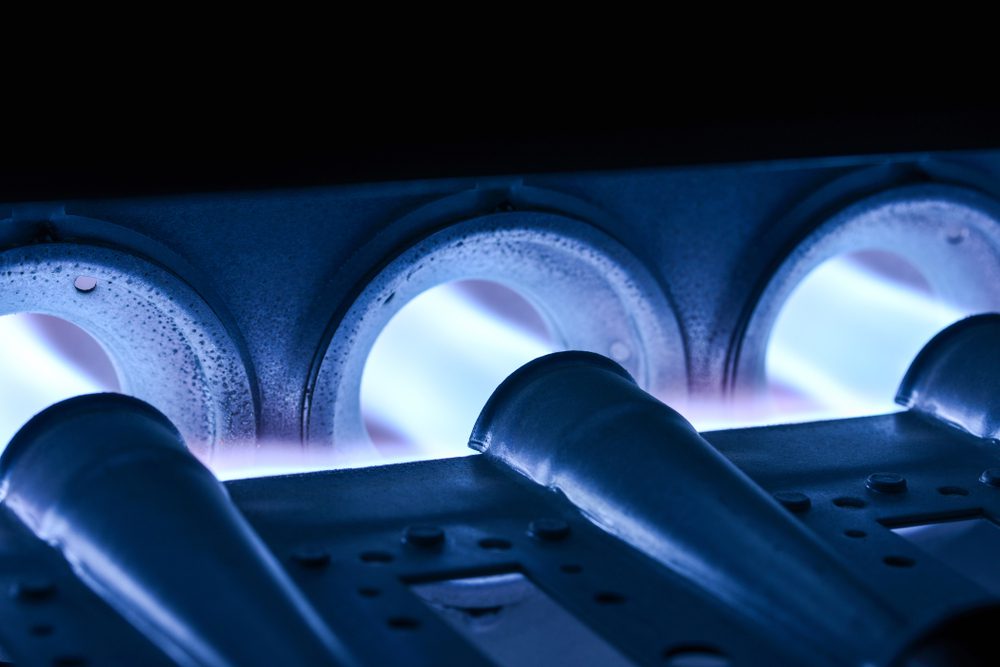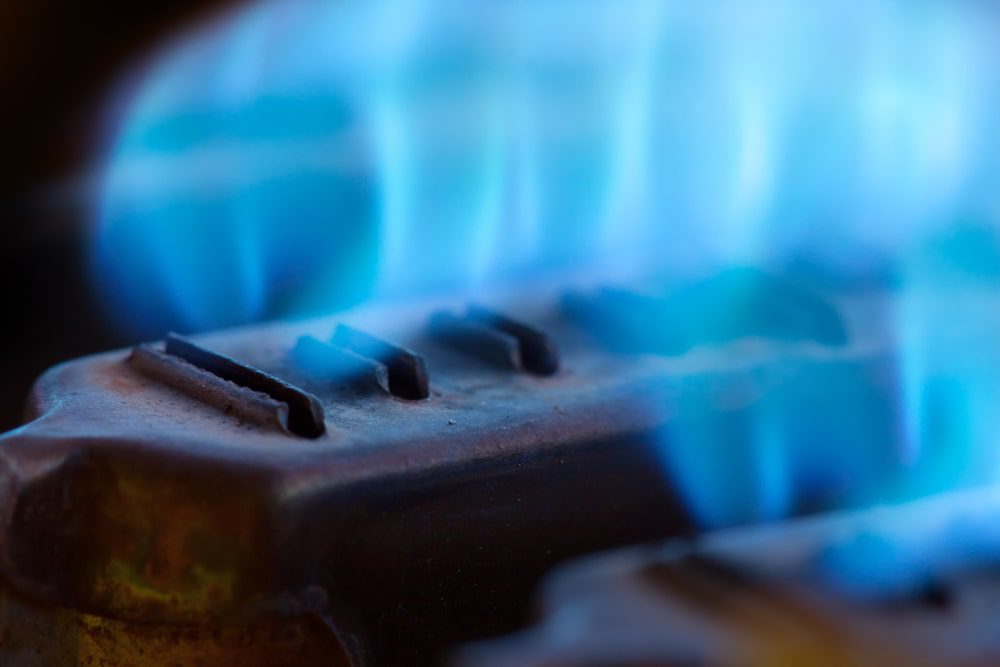
Want to know the best way to determine if your furnace is operating safely and at peak efficiency? Check the furnace flame. The color of this flame will tell you everything you need to know about the combustion process. Keep reading to see what color the flame should be and what colors to be wary of.
What Color Should Your Furnace Flame Be?
The pilot light in your furnace contains a small flame that appears every time the system runs heating cycles. The color of the flame indicates how much oxygen the furnace receives and how effective the combustion process is. The furnace flame should always be blue. A blue flame means the furnace is receiving adequate oxygen and is burning the fuel supply properly. Any other color indicates something has gone awry in the combustion process and should be a cause for concern. Turn off the furnace right away and contact your local Eanes technician for immediate assistance.
What Do the Different Furnace Flame Colors Mean?
Blue Flame

The more oxygen your furnace receives, the hotter the flame will be. The hotter the flame, the bluer it appears. A blue flame indicates efficient combustion and optimal heat production. If the blue flame contains a tinge of yellow at the top, don’t sweat it. That’s completely normal.
Yellow Flame
A fully yellow flame in the furnace, on the other hand, isn’t normal. It results in moderate heat production, a higher monthly energy bill, and means one of a few things has occurred:
- Carbon monoxide production, which is a colorless, odorless gas that can be fatal when inhaled in large amounts
- A gas leak
- Inefficient combustion process
Orange Flame
An orange furnace flame means gas is being wasted and carbon monoxide is being produced. This inefficient combustion process causes stunted heat production and higher energy bills.
Green Flame
A green flame means your furnace has a buildup of dirt and soot that produces inefficient combustion and inadequate heat production.
How to Ensure Proper Furnace Combustion
If you’re noticing any furnace flame color besides blue, and you suspect it could be because of an inadequate oxygen supply, combustion issue, dirt accumulation, or a moist or polluted fuel supply, here are six practical steps you can take to ensure proper combustion.
- Periodically check the pilot light flame color
- Install carbon monoxide detectors if you don’t already have them
- Regularly replace the batteries in your carbon monoxide detector, which we recommend doing once to twice annually
- Keep furnace vents free from dust and debris, and replace them regularly. The general rule of thumb is to replace pleated filters once annually and fiberglass filters quarterly for optimal furnace efficiency.
- Keep the burners clean
- Schedule furnace maintenance at the beginning of each heating season
Schedule a Furnace Inspection With Eanes Home Comfort
Is your furnace flame yellow, orange, or green? Trust Eanes Home Comfort to make things right. Our licensed technicians will identify the problem and offer a solution that provides optimal furnace operation and cost savings—whether it be maintenance, repairs, or a full unit replacement. We’ll do whatever it takes to protect your home, comfort, and your family. Schedule a service with one of our technicians today!

